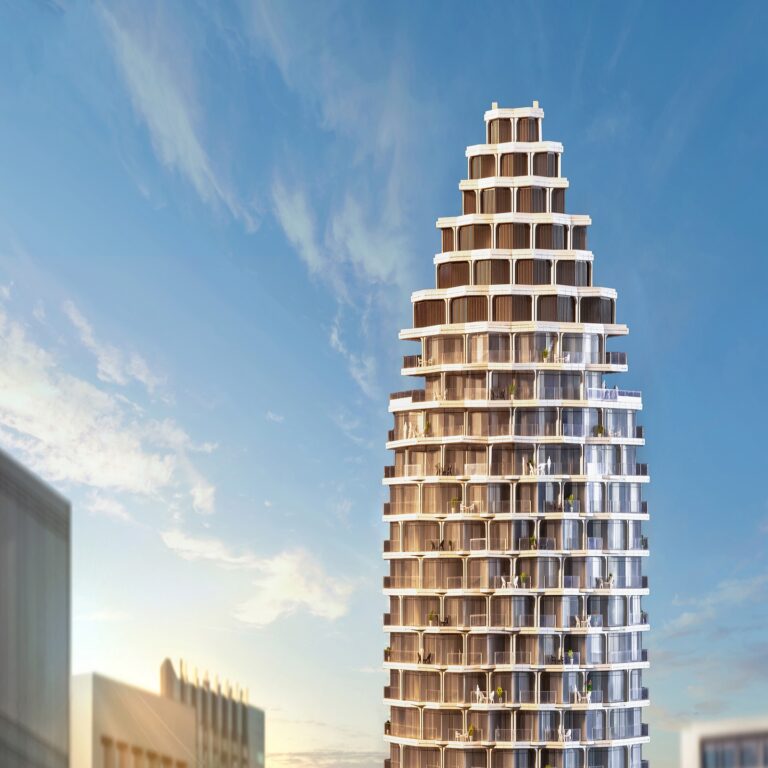An intelligent device exhibition model is a physical representation that showcases the features and functionality of smart devices. It employs physical models, dynamic demonstrations, and interactive interfaces to visually convey the appearance, functions, and operations of these devices. Widely used in exhibitions, showrooms, and sales venues, these models aim to attract customers, enhance product image, and create sales and partnership opportunities. QZY Models’ creation of a dynamic model for HOPE Window Control demonstrates their innovative approach and expertise in design and production, highlighting their high-quality services in the physical model industry.
Project introduction
HOPE, established in 2013, is a prominent national high-tech company renowned for its strong international competitiveness. With a steadfast commitment to innovation, they are at the forefront of developing intelligent doors and windows, aiming to gain a competitive edge in the market through technological advancements.
Their HOPO smart system is designed to provide a comfortable living environment with consistent temperature, humidity, oxygen levels, tranquility, cleanliness, and safety. At the same time, their interactive exhibition booth serves as a captivating demonstration of their intelligent ventilation and control features. It offers a tantalizing glimpse into the future of smart doors and windows.

Design process
HOPE chose our company to design and produce their intelligent window control exhibition table model after a thorough evaluation. We understood their product requirements and successfully developed the model from scratch. After testing and confirming the details, we started production on 20 exhibition models.
We prioritized cost-effectiveness and clarity in the product design phase to meet the client’s bulk production requirements and budget limitations. Our innovative approach streamlined the exhibition table, showcasing the intelligent window frame system in a lightweight and intuitive manner. This reduced marketing costs while highlighting our commitment to service and innovation, resulting in a mutually beneficial partnership with the client.
After production, we customized exclusive packaging for the product, emphasizing a convenient, clean, and aesthetically pleasing packaging process while ensuring safe transportation and complete delivery.

Difficulties of model making
Despite the project’s tight budget, we managed to overcome two significant technical challenges.
Firstly, we had to carefully control the thickness of the power equipment due to limited space constraints. Our aim was to ensure that all power equipment could fit within a maximum thickness of 20 millimeters, requiring precise design and engineering solutions.

Secondly, we faced the task of incorporating a multitude of dynamic display components into the exhibition booth. This included showcasing various features of the smart door and window system, such as ventilation windows, curtain control, and lighting modes, while ensuring seamless coordination with the central control device. Despite these complexities, our dedicated team conducted numerous tests and optimizations to achieve the desired outcomes while adhering to the client’s restricted budget.
















